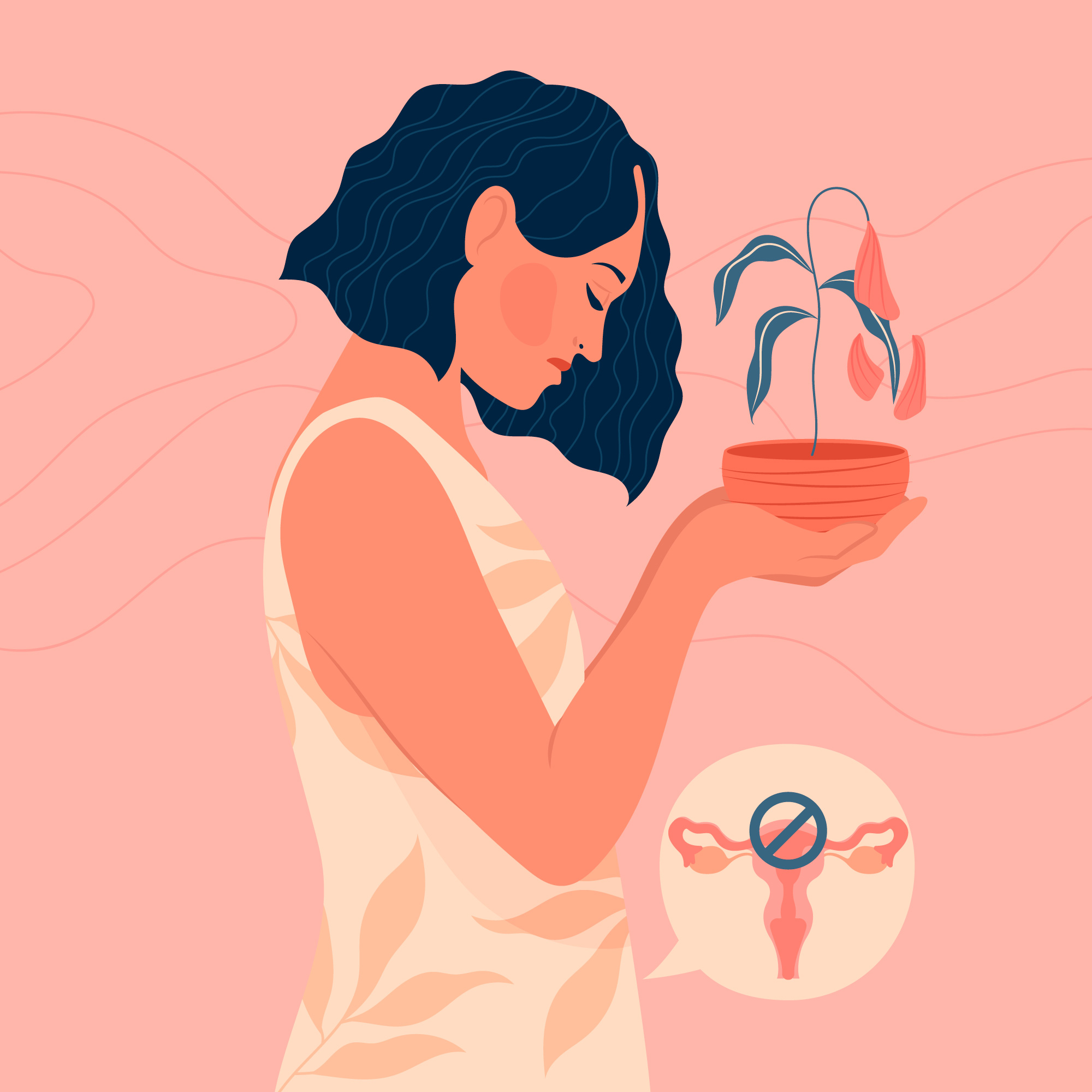Unmasking the Hidden Enemy: The Shocking Truth About HIV/AIDS and How to Live a Thriving Life Against All Odds!
Introduction:
Unveiling the truth about HIV/AIDS, a relentless enemy that affects millions worldwide, is crucial for Indian patients striving to live a healthy and fulfilling life. In this eye-opening article, we delve into the captivating realm of HIV/AIDS, shedding light on its nature, modes of transmission, common symptoms, available diagnostic methods, treatment options, and practical tips for prevention.
Whether you or someone you know is affected by HIV/AIDS, this comprehensive guide aims to empower Indian patients with the knowledge and resources to fight back against this formidable disease and lead a thriving life.
Understanding HIV/AIDS:
HIV (Human Immunodeficiency Virus) is a virus that attacks the immune system, gradually weakening its ability to fight off infections and diseases. AIDS (Acquired Immunodeficiency Syndrome) is the advanced stage of HIV infection, characterized by severe damage to the immune system.
Understanding the nature of HIV/AIDS is crucial for recognizing its impact on the body and seeking appropriate medical care.
Modes of Transmission:
HIV/AIDS can be transmitted through certain body fluids, such as blood, semen, vaginal fluids, and breast milk. Common modes of transmission include unprotected sexual intercourse, sharing needles or syringes, mother-to-child transmission during childbirth or breastfeeding, and less commonly, through blood transfusions or organ transplantation. It is important to be aware of these modes of transmission to take necessary precautions and protect oneself and others.
Recognizing Symptoms and Seeking Diagnosis:
HIV/AIDS symptoms can vary from person to person and may resemble flu-like symptoms, including fever, fatigue, swollen lymph nodes, sore throat, and rash. However, it is important to note that some individuals may not experience any symptoms for years. If you suspect you may have been exposed to HIV or are experiencing symptoms, it is crucial to consult a healthcare provider for a confidential HIV test and diagnosis.
Available Treatment Options:
Although there is no cure for HIV/AIDS, significant advancements have been made in medical treatments that can help manage the disease and improve quality of life. Antiretroviral therapy (ART) is the standard treatment for HIV/AIDS, consisting of a combination of medications that help suppress the virus, strengthen the immune system, and reduce the risk of developing complications. It is essential for Indian patients to adhere to their prescribed treatment regimen and work closely with healthcare professionals for optimal management.
Prevention is Key:
Prevention plays a vital role in the fight against HIV/AIDS. Practical measures, such as practicing safe sex by using condoms, avoiding sharing needles or syringes, opting for sterile medical equipment, and getting tested regularly for HIV, are crucial steps in preventing the transmission of the virus. Additionally, interventions such as pre-exposure prophylaxis (PrEP) and post-exposure prophylaxis (PEP) are available for individuals at high risk of HIV exposure.
Support and Education:
Living with HIV/AIDS can be challenging, but with the right support and education, individuals can lead fulfilling lives. Connecting with support groups, seeking counseling, and accessing reliable information and resources can help in coping with the emotional, social, and medical aspects of living with HIV/AIDS. In India, various organizations and healthcare providers specialize in HIV/AIDS care and support, ensuring that Indian patients have access to comprehensive care.
Conclusion:
Unmasking the truth about HIV/AIDS empowers Indian patients to face this challenging disease head-on. By understanding its nature, modes of transmission, recognizing symptoms, seeking timely diagnosis, exploring available treatment options, prioritizing prevention, and accessing support networks, individuals can live thriving lives despite the obstacles presented by HIV/AIDS.
I hope this article has helped you understand endometriosis better.
You can consult a doctor for more information


